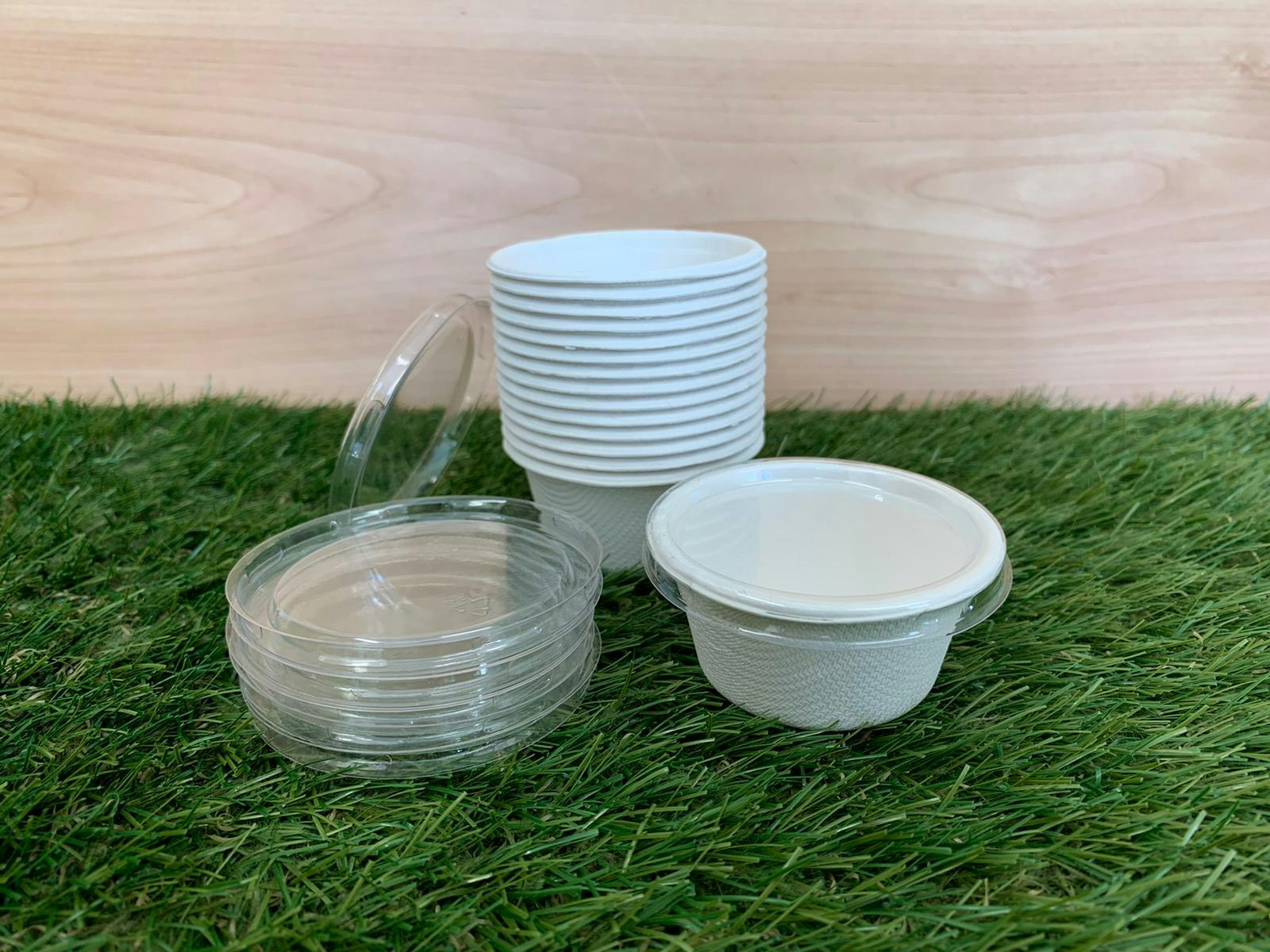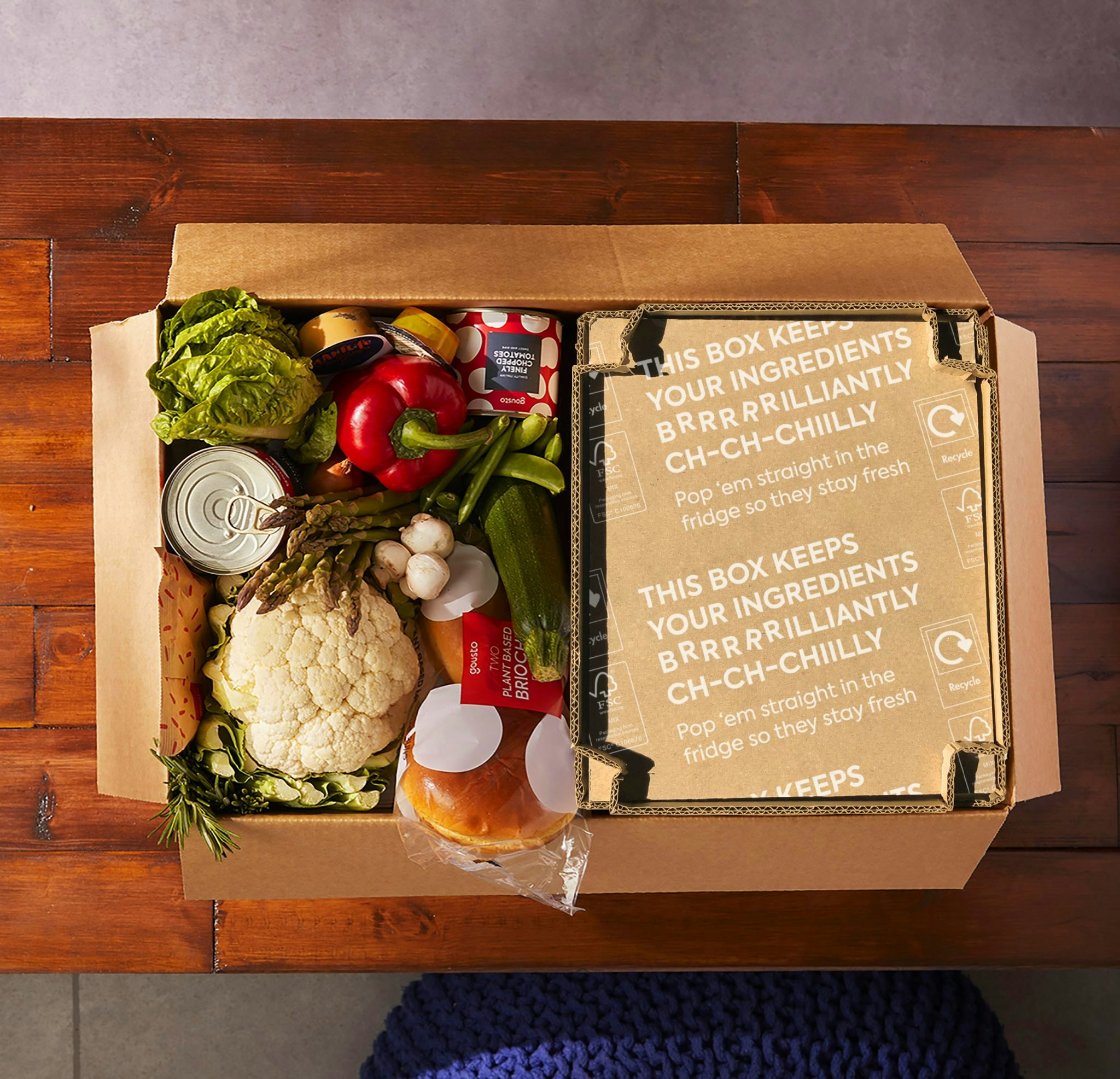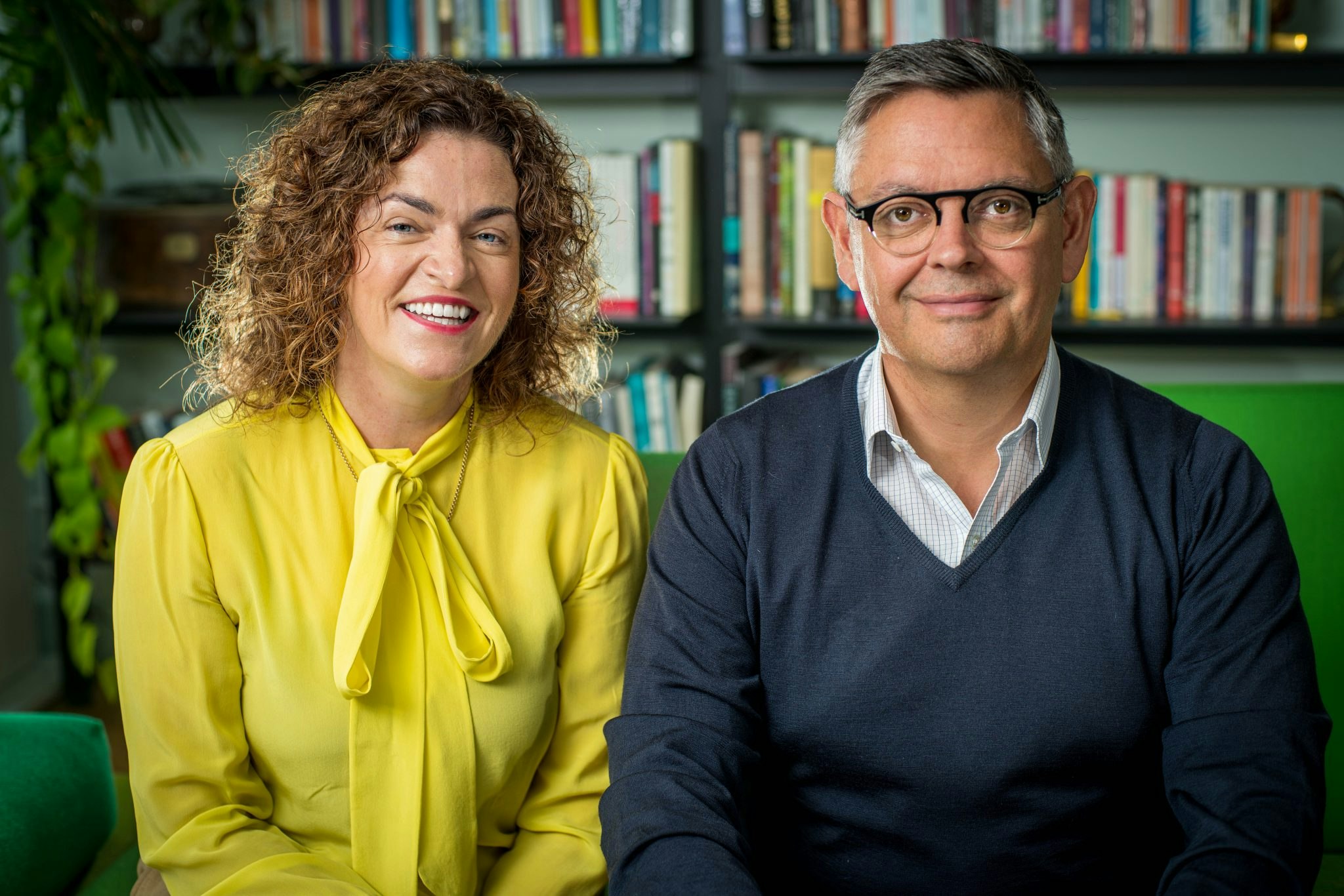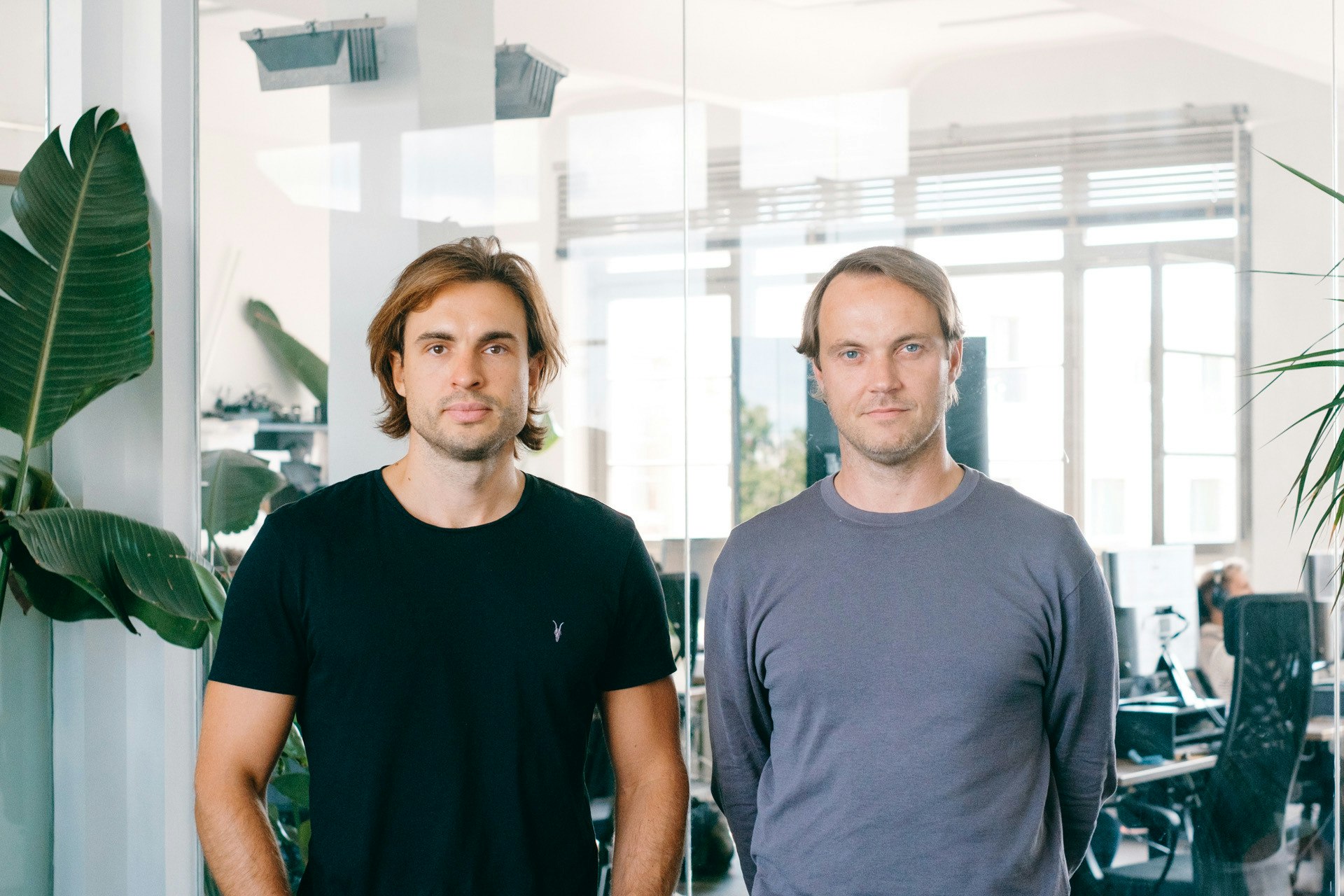Sales of meal kits and recipe boxes took off in 2020 as lockdowns got people ordering more groceries online — and gave them more time to cook meals at home.
German meal kit company HelloFresh saw revenues more than double to hit €3.75b in 2020, while its customer base grew to 5.3m. This year, it expects the good times to keep on rolling, forecasting growth of 20 to 25%. Meanwhile Mindful Chef, a UK meal kit startup, says its sales increased 230% year-on-year in 2020.
Startups are now also launching platforms to help restaurants cash in on the recent meal kit craze. Dishpatch, which raised €11.6m in June, has signed up 25 UK restaurants to its service and delivered 75,000 meals since launching in April 2020.
Meal kits are sold to consumers as a way to reduce at-home food waste — less eco-friendly, however, is the amount of single-use packaging these kits use.
What’s in a meal kit?
In 2019, a viral tweet that showed 32 pieces of plastic from a single HelloFresh recipe box clearly underlined the issue waste-conscious consumers were having with meal kits.
It’s a problem the industry has since been trying to solve — in 2019, Gousto pledged to reduce its consumption of single-use plastics by 50%, a goal it achieved in January 2020 — and which has received renewed focus through the recent boom in meal kit sales.
Restaurant Kits, which launched in May 2020, says it now sets rules for its chefs around the number of different ingredients a meal can contain, in a bid to cut the volume of packaging. The policy was implemented after one kit — a mezze-style meal — went out to customers containing “18 individual bits of plastic”, says head of operations Richard Keegal. “It was too many, and we’ve changed our recipe development now to put a cap at 12 or 13 [items] for all types of packaging in a box,” he says.
Today, the plastic found in an average Restaurant Kits meal kit comes in the form of vac-pack pouches, used to package meat, fish and other items with stringent food safety requirements, and recyclable PET pots to store pre-portioned ingredients. Keegal says the company is currently in the process of rolling out a 60ml compostable pot made from cornstarch to send herbs and spices out in. Keegal says switching to more sustainable packaging “does affect margins”, with prices for eco-friendly alternatives on average 10-20% higher.

The search for packaging solutions
But while Restaurant Kits may have hit on a plastic-free solution for packaging up small amounts of spices, when it comes to wetter ingredients like pastes or sauces, the cornstarch pot lids are too flimsy. The risk of a sauce explosion — which would create more food waste — isn’t worth it.
Most food packaging is either geared towards the standard volumes people purchase in supermarkets, or towards the takeaways. Solutions for meal kit providers are thin on the ground.
Take eggs. Mindful Chef’s cofounder Myles Hopper says finding a non-plastic container for a single egg, rather than six or 12, has been a significant challenge. It reportedly took 18 months — and several in-office football sessions to test how well the eggs held up — to develop a cardboard box that could ship individual eggs without them splattering en-route. The new egg boxes have enabled Mindful Chef to cut 1,500kg of plastic from its boxes so far this year.
Gousto, meanwhile, spent a year developing an insulating box in-house made only from cardboard that can be used to store meat, dairy and other temperature sensitive items.
It’s not just packaging providers that meal kit companies want to step up. The fact recycling regimes differ from country to country and council to council — meaning a type of plastic that can be recycled by one customer has to be sent to landfill by another — also makes it tricky to find one-size-fits all alternatives. Meanwhile, the majority of food safety regulations have been written with plastic in mind — raising the hygiene bar incredibly high for eco-friendly alternatives.
“I have in the past paid for tooling to create packaging,” says Keegal, who previously worked at Mindful Chef. “But you have to have a lot of power in the market. There are a lot of companies similar to Restaurant Kits who started up in the last year. We are [now] a combined force, and I’m hoping as it grows more [packaging] is developed specifically for this.”

How big of a deal is plastic packaging?
But while customers may be putting pressure on meal kit businesses to reduce the amount of packaging that appears in their boxes, the companies themselves argue that simply getting rid of plastic isn’t always the most impactful thing they can do.
To hit its 50% reduction target, Gousto founder Timo Boldt says the first task was to “shrink” the packaging it was using as much as possible, rather than finding plastic-free alternatives. “We do also use a lot more loose vegetables, or maybe wrapped in paper bags, not plastic,” he says. “But we ultimately stripped out a lot of unnecessary plastic.” Using this approach, Gousto says it has been able to convince its herb suppliers to use 25% less plastic packaging.
Packaging accounts for 16% of Mindful Chef’s carbon footprint. This is the company’s second-largest source of emissions, but still way behind food, which comes in at 70%. “It’s probably actually not the biggest environmental push we can make, in terms of doing better, but it’s certainly one that really affects our customers,” he says.
Hopper says a key focus for Mindful Chef is to reduce CO₂ emissions per meal, which includes looking at things like ingredient sourcing and transport. He says the average Mindful Chef meal currently has a carbon footprint of 2kg carbon dioxide equivalents (CO₂e); the WWF estimates that daily diet-related CO₂e needs to be reduced to around 4.09kg, down from the current UK average of 5.17kg, by 2030.
“When you compare food waste versus plastic waste, both are evil, but food waste roughly has a 16-times worse impact on CO₂ emissions, so that was our initial mission,” says Boldt, adding that Gousto's meal kits can save 23% CO₂ emissions compared to visiting a supermarket, taking into account food waste, transport and packaging.
In their current form, the University of Michigan reckons meal kits can save as much as 33% of CO₂e compared to shopping in supermarkets. But if the excess packaging they use puts customers off, how much difference can meal kits really make?


